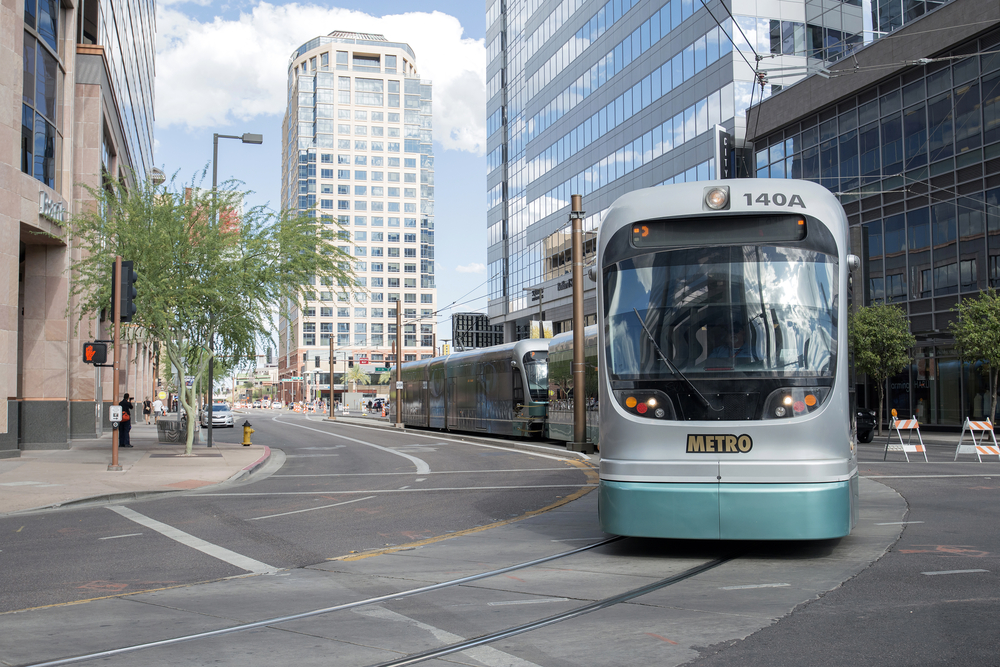
Resilience down the streets
Matthew Toro, ASU Library
Background
Maricopa County suffers from a mobility crisis, especially for non-motorized forms of mobility. Our community's built environment is inherently hostile to pedestrians, cyclists, and other non-motorized commuters. Mobility, the ability of people to move through the community to live, work, and play, is deeply linked to all forms of community resilience - from public safety, to employment, to economic development, to social justice, to mental health, to ecological impacts, etc.
Research questions
-
Using geographic data, and performing analytics of Maricopa County’s regional-scale built environment, can we identify areas that are most dangerous for pedestrians and cyclists?
-
If so, can we use these analytics to target policy and design interventions aimed at building our community’s mobility resilience?
Methods and findings
-
Applied data analytics are on-going, but there is a poorly recognized under-acknowledged public safety crisis for pedestrians and cyclists in our community.
-
The built environment of specific neighborhoods is more hostile to non-motorized mobility than others.
-
There are concrete design and policy interventions that can help alleviate the crisis while building mobility resilience in our community.
-
From this work, many “tactical urbanism” design interventions can be testing for short terms solutions to the longer-term design problems inherent to our built environment.
Partners
-
ASU Researchers and Analysts
-
KER Academic and Community Fellows
-
KER Crosscutting Scholars
-
Arizona Department of Transportation
Deliverables
Explore Toro's story map of the mobility challenges and opportunities in Metro Phoenix below:
Matthew Toro
Director of Maps, Imagery and Geospatial Services
ASU Library
Academic Fellow 2019
Matthew Toro is a broadly trained geographer currently serving as the director of maps, imagery, and geospatial services at ASU Library.
He leads projects and programming at the Map and Geospatial Hub, ASU's library-based center for GIS, remote sensing, geovisualization, and the related technologies needed to transform geospatial data into powerful, value-added information.
Matt's produced insights on subjects ranging from land use conflicts in the agrarian landscapes of southern Laos, to the social impacts of the built environment in greater Miami. He's the founder and editor of Miami Geographic, an urban geography data visualization blog about the Miami metro region.
The ASU Library Map and Geospatial Hub supports and leads a wide variety of applied mapping and spatial analysis projects. Through the Hub, Matthew's currently engaged in two major research initiatives:
Assessment of metropolitan Phoenix's built environments across the rural-to-urban spectrum and the relationships of those environments to the mobility and safety of pedestrians and cyclists. He's pursuing this project as an inaugural (2019) fellow in the ASU Knowledge Exchange for Resilience.
Construction of a cartographic history of the greater Grand Canyon region and the role of mapping in fostering geographical consciousness of that (now) iconic landscape. He recently oversaw the unprecedented Mapping Grand Canyon Conference held at ASU in Spring 2019.
